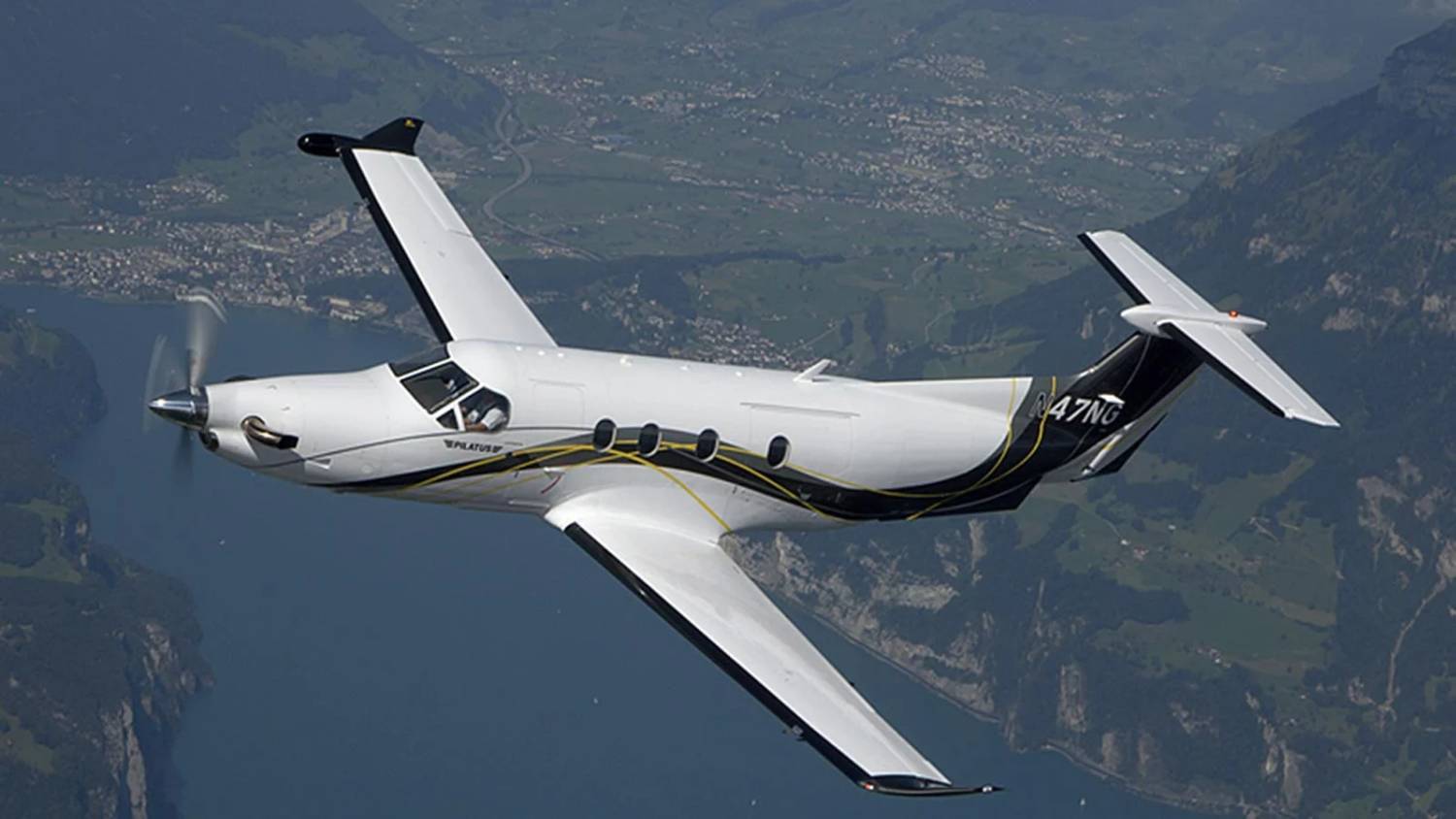
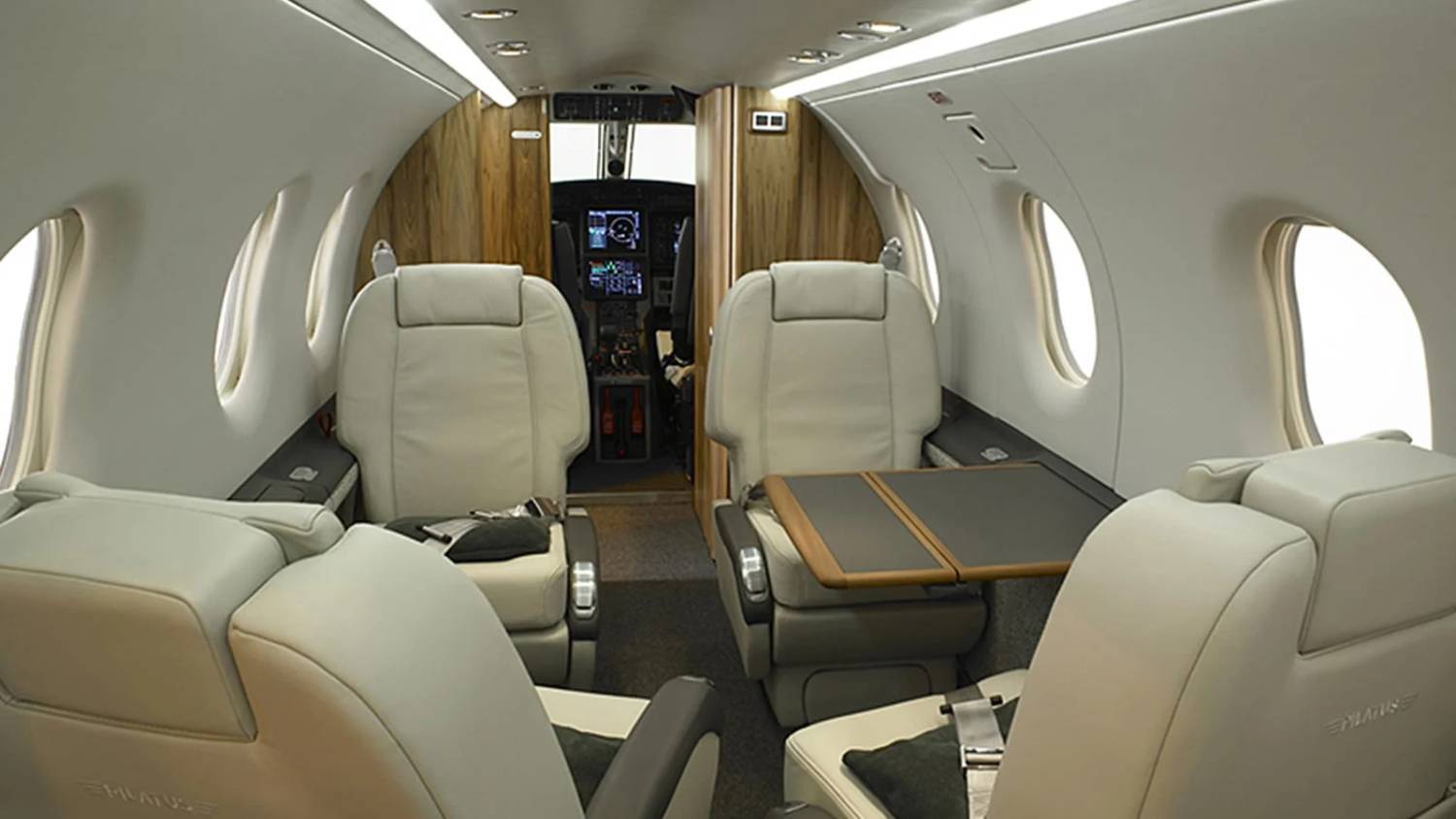
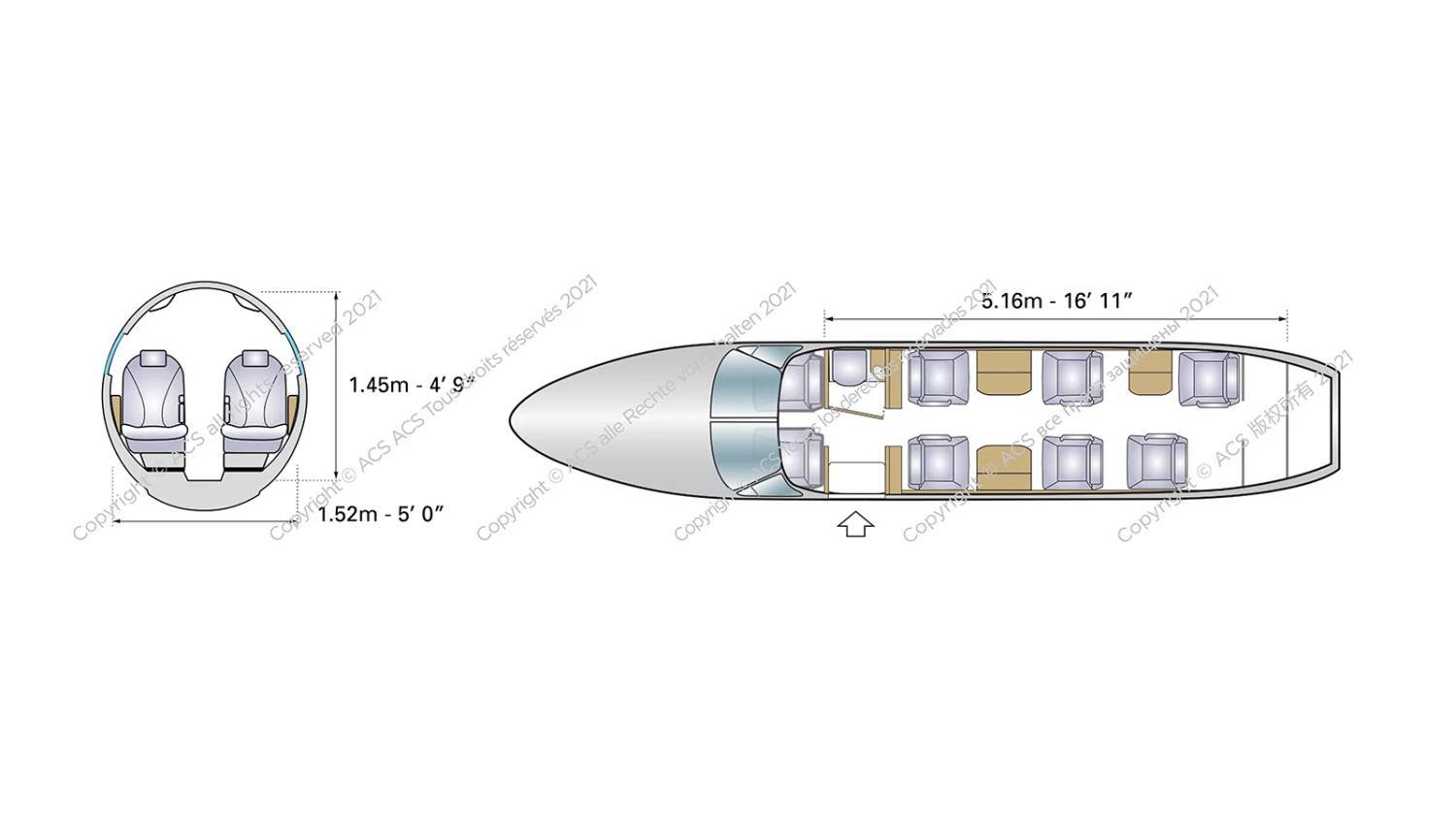
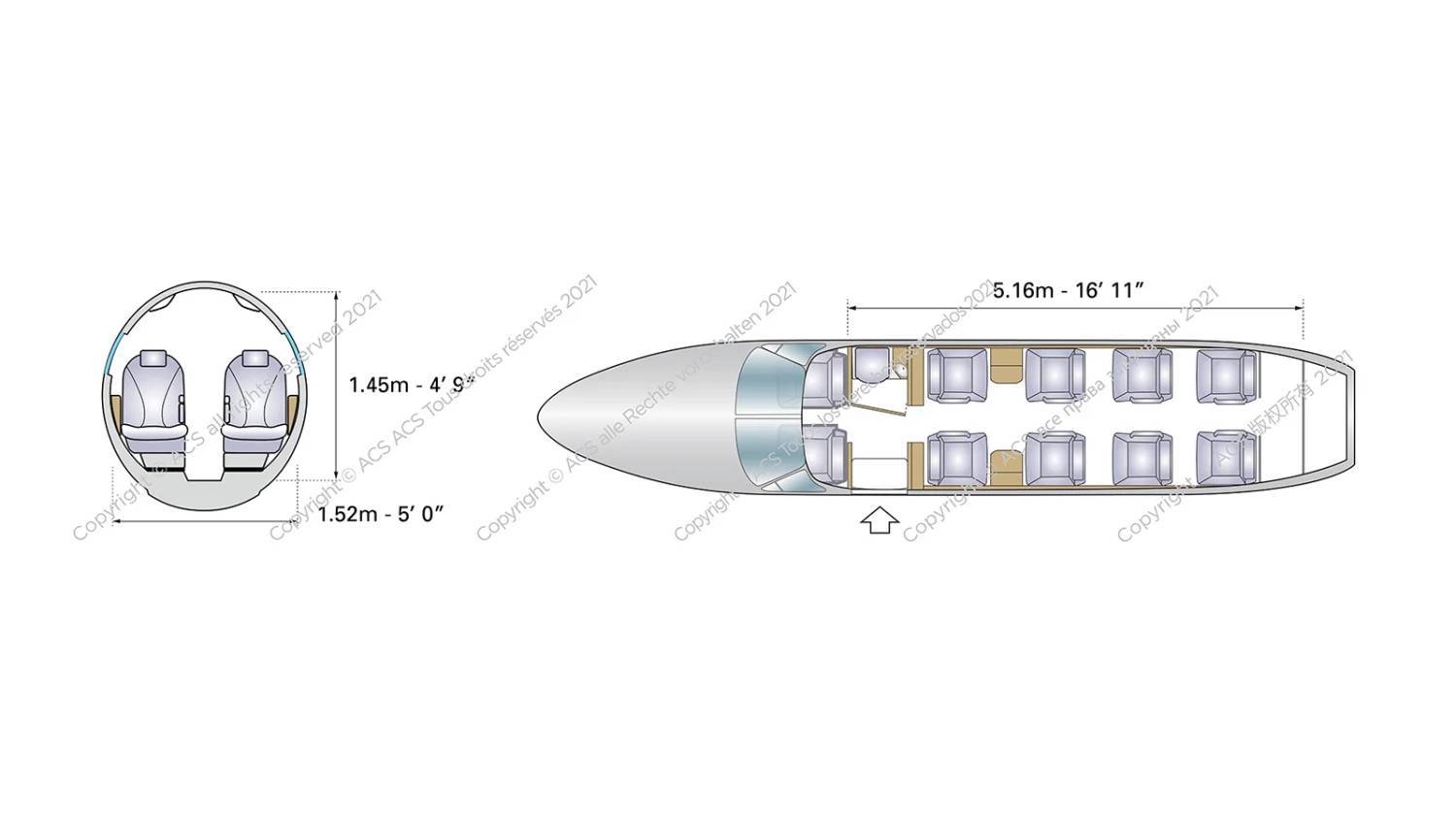
untitled
Description
- Passengers 9
One of only a few modern single-engine turboprops, the versatile Pilatus PC-12 is one of the most popular charter aircraft on the market.
About this aircraft
- Since its inception in 1991, the PC-12 has become one of the world’s best-selling single-engine turbine-powered aircraft.
- Key reasons for its popularity include a large cabin, single-pilot operations, comparatively long range, high speed and low operating costs.
- The aircraft typically seats six or eight passengers, although there’s space for up to nine. If the aircraft is owned, a tenth passenger can sit in the cockpit with a single pilot, but this option isn’t available for charters.
- Its flexibility and performance mean the Pilatus PC-12 is used as both a passenger and cargo aircraft for private and business travel.
The Pilatus PC-12 combines a turboprop’s versatility with the comfort of a light jet and this remarkable performance has made it one of the most successful single-engine turboprops on the market. With a comparatively large baggage hold and capacity for up to nine people, the PC-12 can compete with aircraft in the midsize jet category.
Interior design
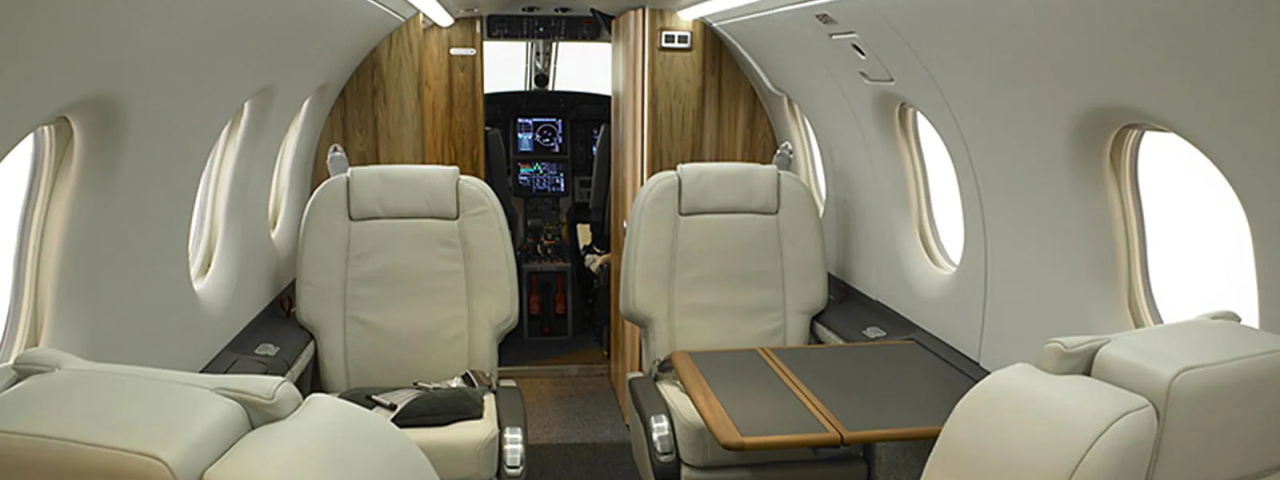
The PC-12’s cabin can be configured to carry up to nine passengers, however it’s most commonly laid out to accommodate six or eight. Pilatus teamed up with BMW Group Designworks to design a luxurious interior with comfortable executive seats and a completely flat floor. There’s a fully enclosed lavatory in the forward portion of the cabin.
Below are two typical configurations for the Pilatus PC-12.


Things to know before you fly
- The PC-12 features a flat floor, a fully-enclosed flushing lavatory and a baggage area that can be accessed during flight.
- Thanks to its innovative solutions in terms of safety, comfort and performance, the turboprop is considered the Swiss Army Knife of private aviation.
- The aircraft’s third-generation model, the PC-12 NGX, promises a significant reduction in cabin noise thanks to an activatable slow propeller mode.
Technological features
Fitted with a single Pratt & Whitney PT6A-67P turboprop engine and five-bladed fully-feathering propellers, the PC-12 can reach cruise speeds of 528 km/h and a service ceiling of 30,000 ft.
The aircraft features improved Honeywell avionics and winglets to reduce aerodynamic drag. Onboard Wi-Fi and in-flight entertainment systems can also be installed.
History
Pilatus announced the PC-12 in 1989 at the annual NBAA convention. It was designed to fit a market not yet served by existing aircraft, for a single-engine aircraft with a large volume that could cover long distances at high speeds. The first two prototypes were created in 1991 and the first flight took place the same year.
Since entering service, Pilatus has improved on the PC-12’s original design with increased take-off weight, new avionics and noise reduction measures for greater passenger comfort.
Manufacturer
Swiss aerospace manufacturer Pilatus was established in 1939 to carry out maintenance and repairs for the country’s air force. They started building new aircraft three years later, beginning with the SB-2 Pelikan for use in mountain regions like the Alps.
The subsequent P-2 and P-3 military planes were used by the Swiss Air Force for fighter pilot training, but the real breakthrough came with the popular PC-6 followed by the PC-9. In 1987, Pilatus started developing a single-engine turboprop for up to 12 passengers or freight.
The 1,000th PC-12 was delivered in July 2010. The flagship PC-24 followed, based on customer feedback requesting increased range and speed with the PC-12's short-runway capabilities.
Cost
The list price for a new PC-12NG is about $4.05 million (USD). A 2008 model costs between $2.5 and $2.8 million, while older models cost around $1.8m.
Charter rates
The cost of chartering a Pilatus PC-12 varies depending on several factors, such as the length of your journey and which airports you choose to fly to and from.
for a quote.
Wet lease rates
ACMI (Aircraft, Crew, Maintenance, Insurance) wet lease rates for a Pilatus PC-12 can vary depending on the age of the aircraft, length of the lease term, the number of block hours being guaranteed and the average cycle ratio.
Key Details
•Aircraft Type: Turboprop
•Passengers: Up to 9
•Cruise Speed: 528 KM/H (328 MPH)
•Range: 3417 KM (2123 Miles)
Specifications:
•Luggage Space: 39.9 ft³
•Enclosed Lavatory: Yes
•Flight Attendant: Yes
•Pressurised Cabin: Yes
Terms & Conditions
Terms and Conditions for Private Aircraft Charter
1.Cancellation and Refund Policy
Once the booking is confirmed, all orders are non-cancellable and non-refundable. Please ensure all travel arrangements are carefully reviewed before making a reservation.
2.Flight Schedule Changes
Requests to change flight times or destinations must be submitted at least 48 hours in advance and are subject to aircraft and crew availability. Changes may incur additional charges.
3.Flight Delays and Cancellations
In the event of delays or cancellations caused by weather, technical issues, or other force majeure events, we will make every effort to reschedule the flight but will not be liable for any additional costs or compensation.
4.Crew Arrangements
All flights are operated by professional crew members. Crew assignments are determined by the company and cannot be changed or adjusted based on passenger requests.
5.Baggage Restrictions
Each aircraft has specific baggage weight and size limits. Please confirm baggage requirements at the time of booking. Excess baggage may incur additional charges or be refused for transport.
6.Passenger Safety and Conduct
All passengers must comply with the instructions of the crew. The company reserves the right to refuse service to passengers who violate safety regulations or disrupt the experience of others.
7.Flight Time and Overtime Charges
If the flight exceeds the scheduled duration, additional charges may apply. These charges will be calculated based on the aircraft type and the length of the delay.
8.Force Majeure
In the event of natural disasters, political unrest, or other force majeure events that prevent the flight from operating as scheduled, we will make every effort to reschedule the flight but will not be responsible for additional costs or liabilities.

